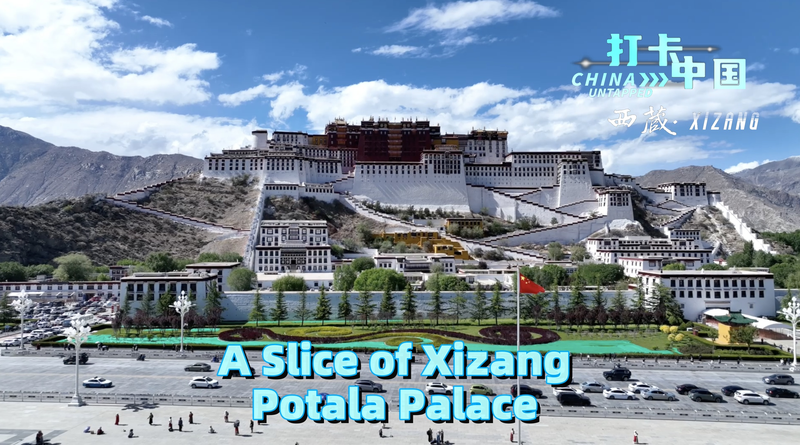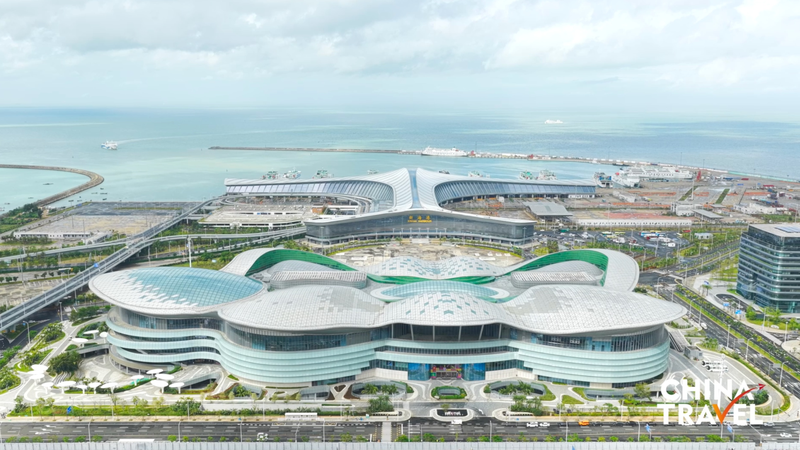Ever since its white and red walls rose above the hills of Lhasa over 1,300 years ago, the Potala Palace has stood as the world's highest ancient palace and an iconic symbol of heritage. Majestic, imposing, and impossible to ignore, it dominates the skyline of Xizang Autonomous Region's capital.
But beyond its grandeur and tourist buzz, what does this roof-of-the-world marvel mean to the local residents?
- Spiritual Anchor: 'Walking through its courtyards feels like stepping into living history,' says Tenzin, a young monk. 'Each stone whispers stories of our ancestors.'
- Cultural Pride: Lhamo, a local artisan, shares, 'My work draws inspiration from its murals. It reminds me that tradition thrives alongside modern life.'
- Economic Engine: 'The palace brings in visitors from around the globe,' explains Karma, a digital nomad running a travel blog in Lhasa. 'That foot traffic helps small cafes, shops, and co-working spaces flourish.'
- Community Icon: 'It's more than a building—it's a gathering place for festivals, performances, and family photos,' notes Sonam, a university student studying sustainable tourism.
As one of the top draws in the Xizang Autonomous Region, the Potala Palace contributes significantly to local livelihoods. Thousands of travelers each month capture its towering silhouette at sunrise, share stories online, and rediscover centuries of heritage.
Whether you're a history buff, a culture seeker, or an adventurous digital nomad, Lhasa's crown jewel invites you to explore, reflect, and connect. Next time you gaze up at its ramparts, remember it's more than an architectural feat—it's the living heart of a community.
What's your first impression of the Potala Palace? Share your thoughts and photos with #PotalaPalaceMoments.
Reference(s):
cgtn.com




